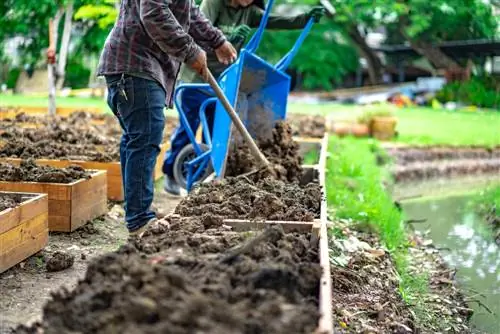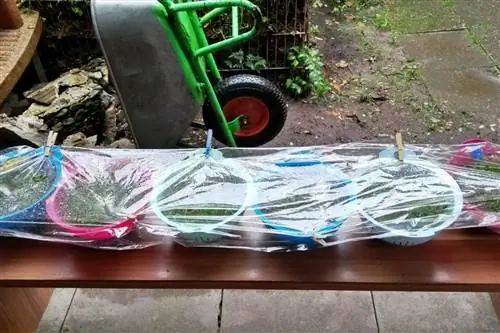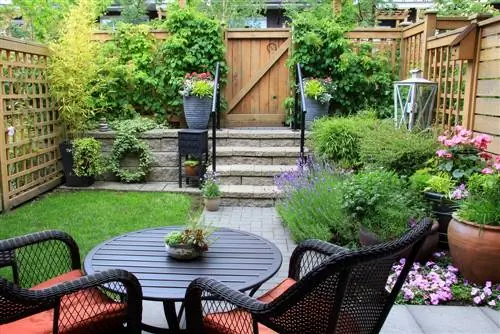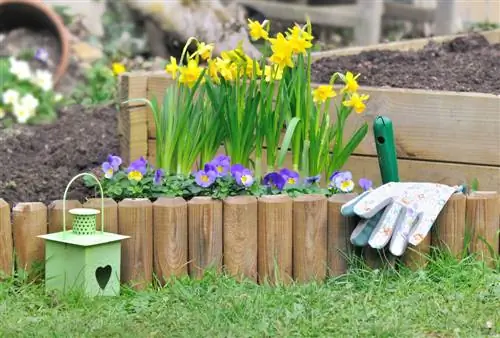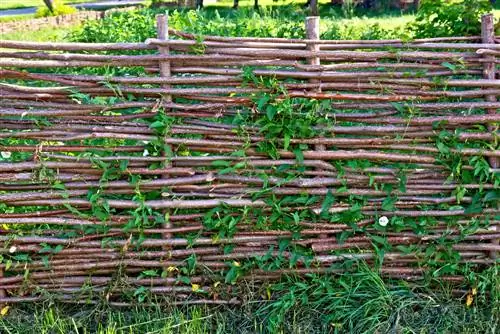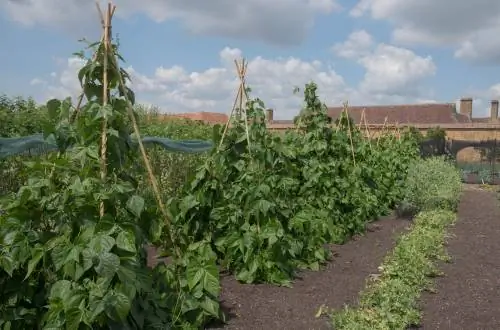- Author admin [email protected].
- Public 2023-12-16 16:46.
- Last modified 2025-01-23 11:21.
You can grow and harvest crunchy vegetables even in a small garden. There is sure to be a corner where you can set up and cultivate a homemade vegetable patch. In this article you will find various ideas and tips for implementation.
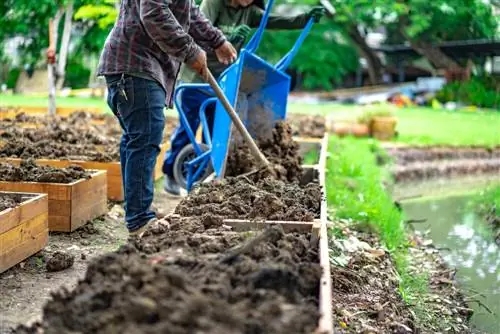
How can I build a vegetable patch myself?
To build a vegetable bed yourself, you need a sunny spot, the right edging (e.g. made of wood, formwork stones or wicker elements) and, in the case of a raised bed, an adapted construction method (e.g. B. with wooden boards, sheet steel or concrete blocks). A soil analysis helps to determine fertilizer requirements.
The preparation
If you just want to cultivate some lettuce, some strawberries, tomatoes and herbs, just a few square meters are enough to implement this plan. These should be exposed to the sun all day long, because vegetable plants need a lot of light to thrive.
Once you have chosen a suitable place for the vegetable bed, surround the bed area with a cord frame. Then remove the turf and loosen the soil at least to the depth of a spade.
Building the bed border
There are various options for edging the vegetable patch that you can coordinate with the look of the garden:
Vegetable patch made of wooden boards
Made of untreated natural wood, weather-resistant larch is ideal, but you can also easily build a practical bed border from old boarding boards or pallets. The corners form wooden stakes that you drive about 20 to 25 centimeters deep into the ground. The boards are attached to these with nails.
Shade stones as bed borders
Concrete blocks or slabs are another way to easily border the vegetable patch. You can get this material inexpensively in various sizes at any hardware store.
- Dig a trench about 20 centimeters deep along the cord boundary.
- Fill in some gravel as a drainage layer.
- Put in a layer of quick-mix concrete.
- Insert stones and fill the sides.
Willow elements as boundaries
Grably purchased or self-made pasture elements are another option if you want to build the vegetable patch yourself. They can be attached anywhere and blend in very well with natural gardens.
Build a raised bed for your own vegetables
Raised beds are extremely practical because you can work on them without straining your back. The raised construction also effectively deters snails and other pests. Raised beds are available as an easy-to-set-up kit (€599.00 on Amazon) in a variety of sizes from garden retailers.
If you would like to become active yourself, the following edgings are suitable:
- Wood, for example wooden boards or tree trunks with a trunk diameter that is not too large.
- Sober-looking sheet steel that gives modern gardens a special look.
- Large concrete blocks or bricks with which you can build the bed.
Tip
If you are planting a vegetable patch, it is worth carrying out a soil analysis. You then know exactly which nutrients the garden soil is missing and can fertilize specifically.

